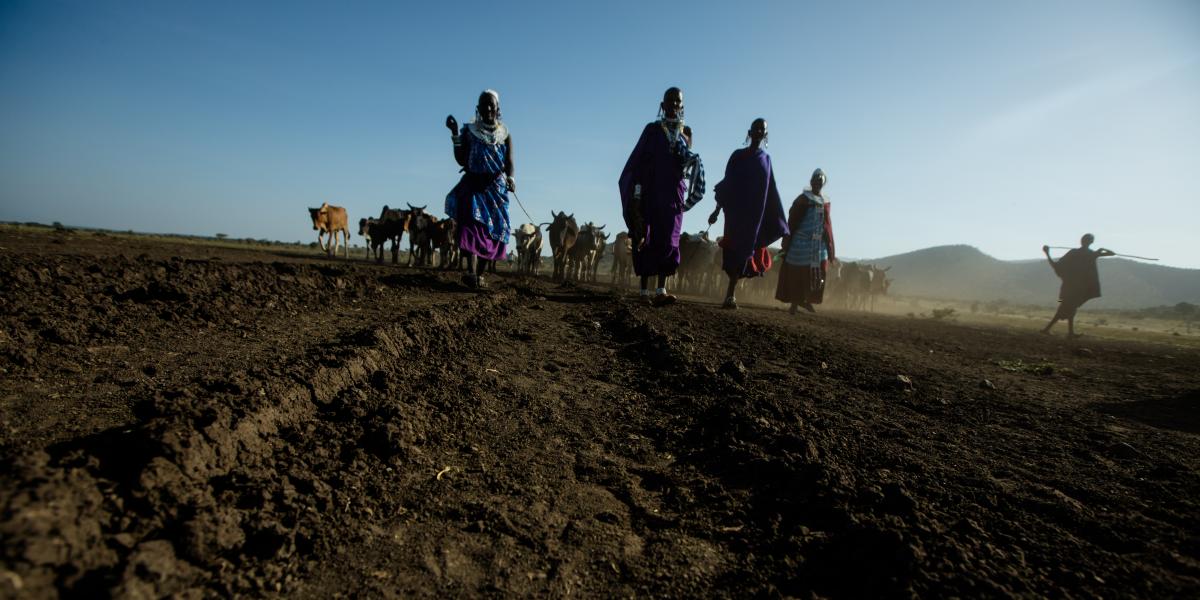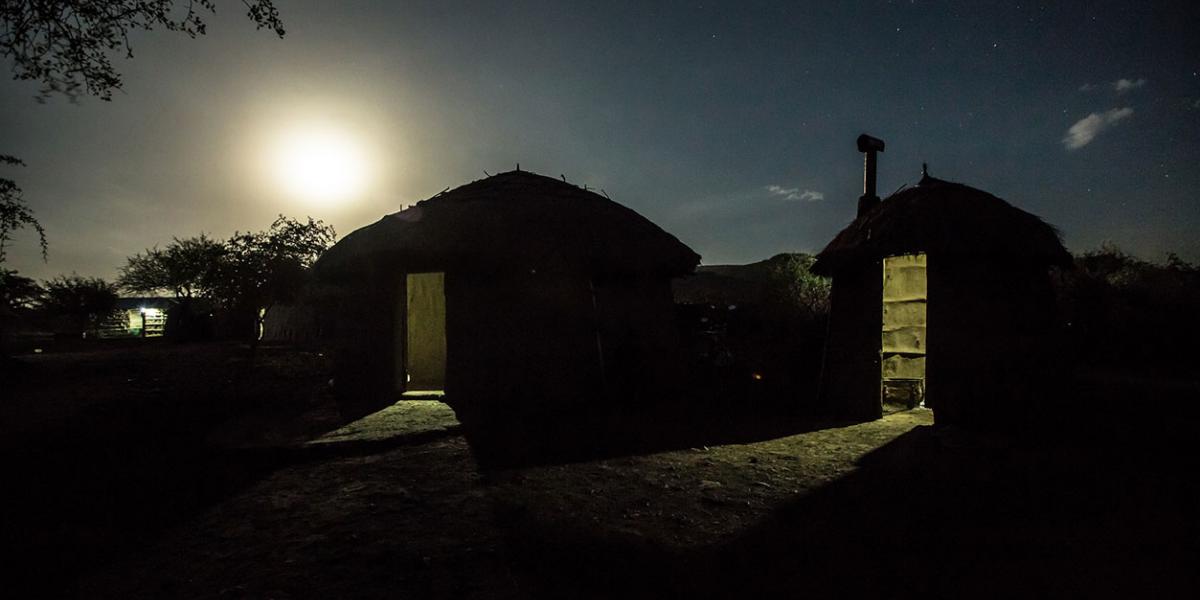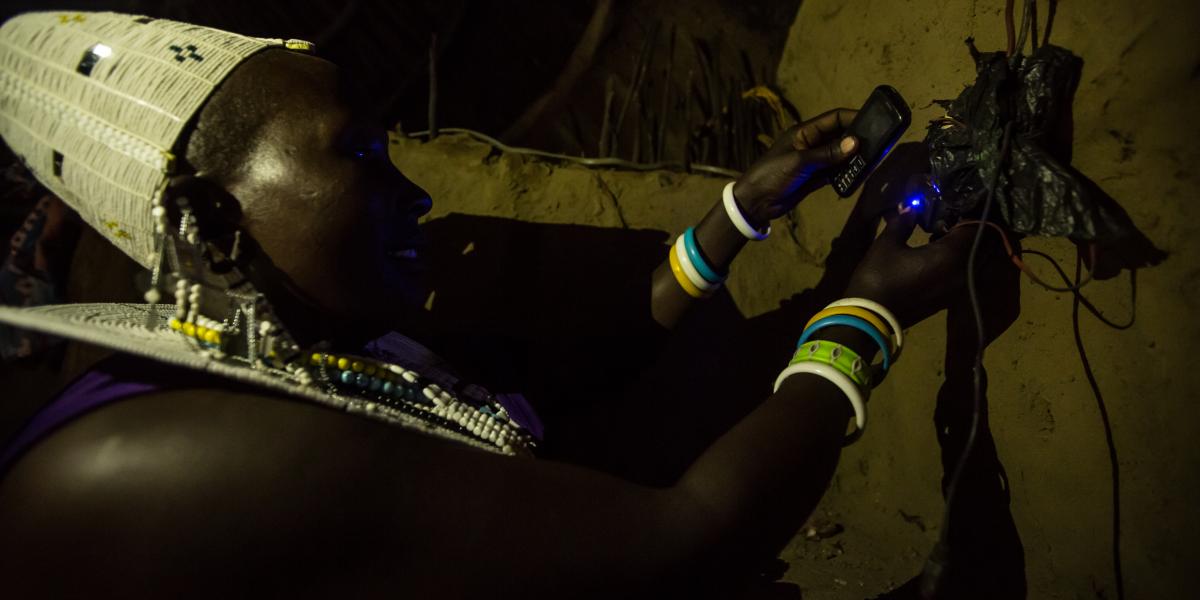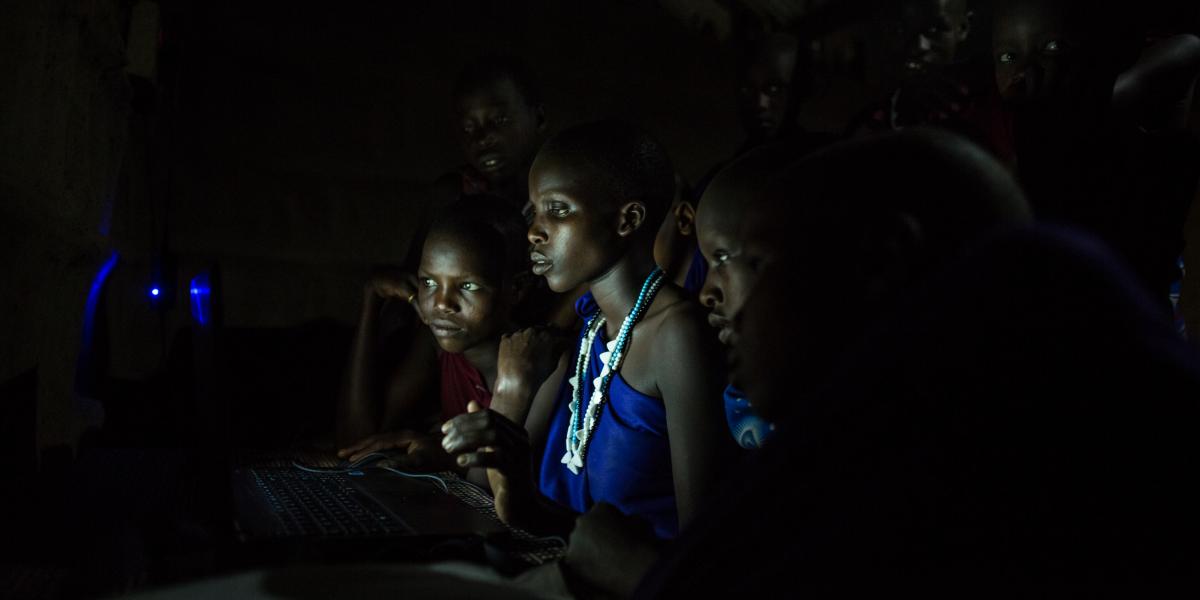Teresia Turns On The Light
Electricity and opportunity transform a tribal village in Tanzania
Photos and video by Morgana Wingard for USAID
July 2015
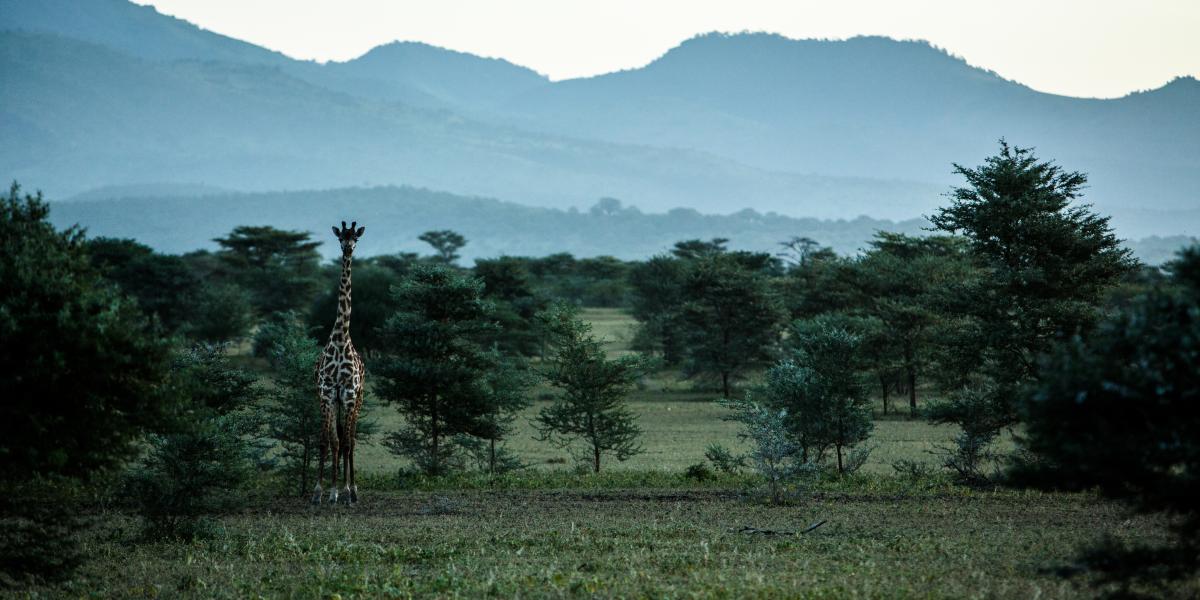
Today, around half a million Maasai occupy 100,000 square miles of land scattered throughout the Arusha region of Tanzania, where tourists come from across the world to witness the native beauty of the misty mountains and plentiful wildlife.
Boma life
The Maasai live in bomas—groups of houses arranged in a circle around a livestock enclosure. Their lives are simple: women milk cattle, cook and collect water and firewood while men herd livestock.
“The beauty of our Maasai culture is our love for one another,” says one Maasai woman.
However, the Maasai’s lives increasingly depend on the market economy. Women sell jewelry and grains at local markets; some children go to school; cell phones play a growing role in these once isolated communities.
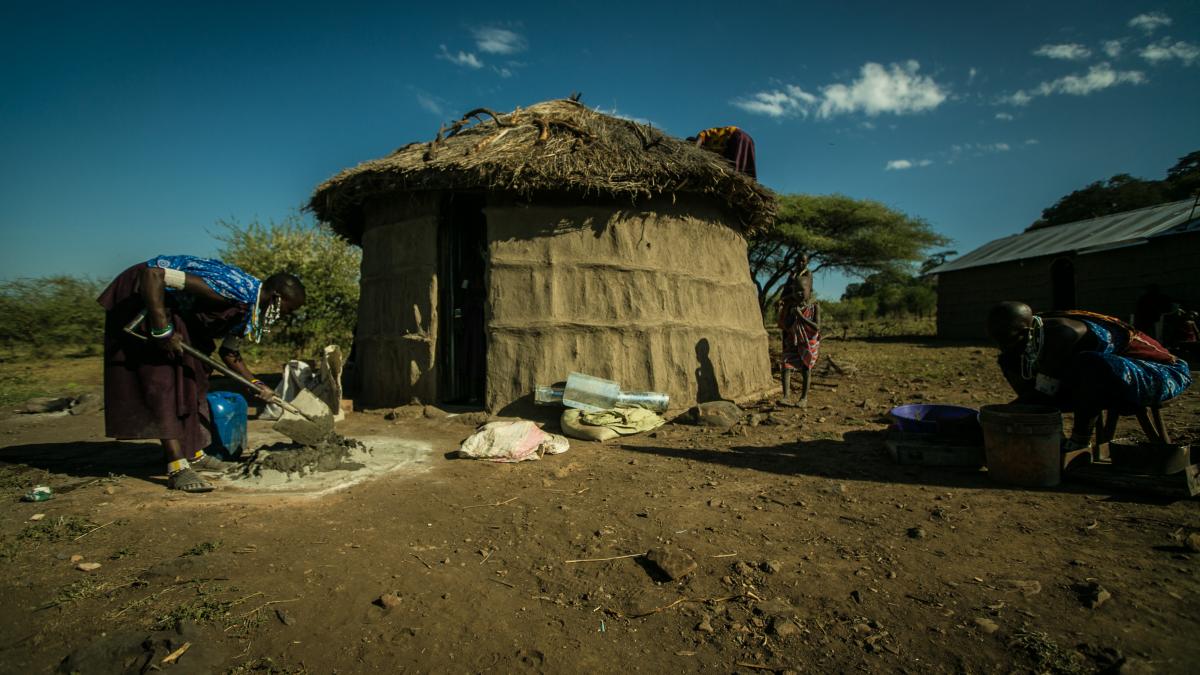
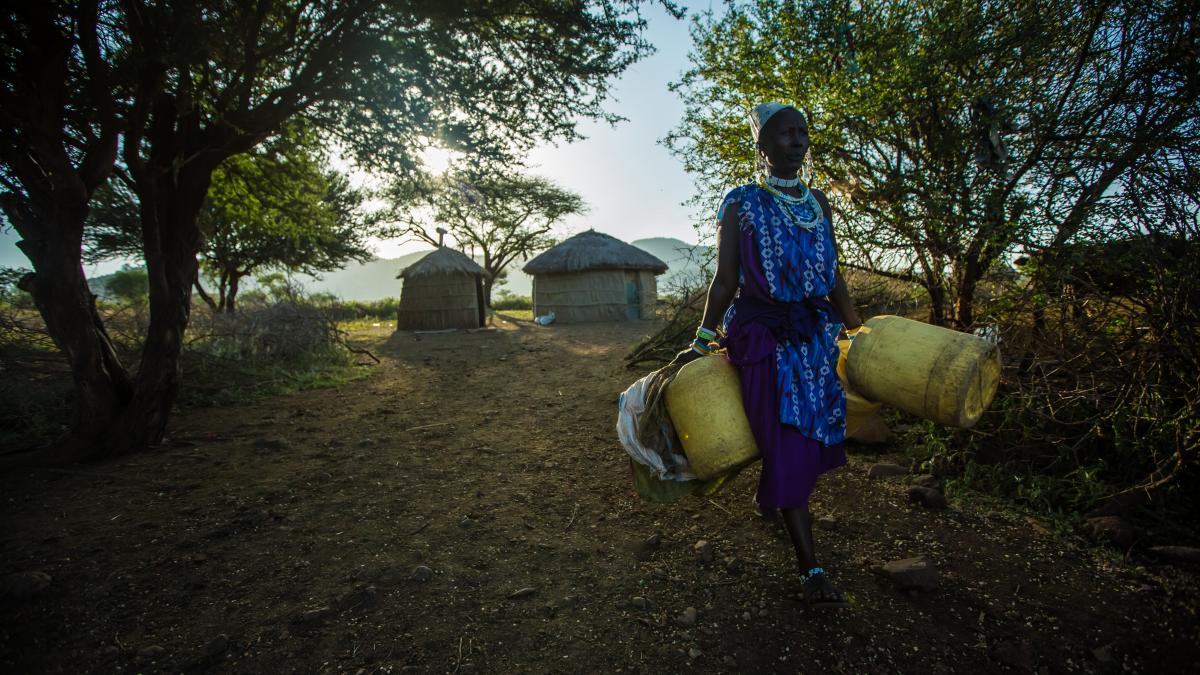
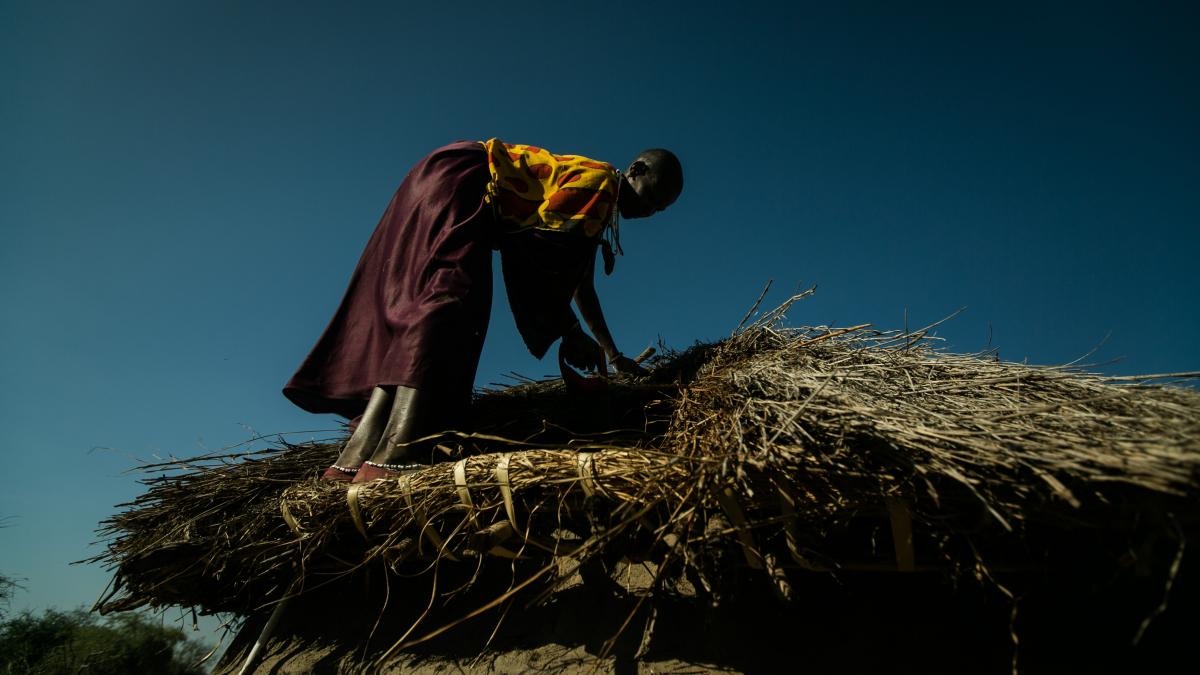
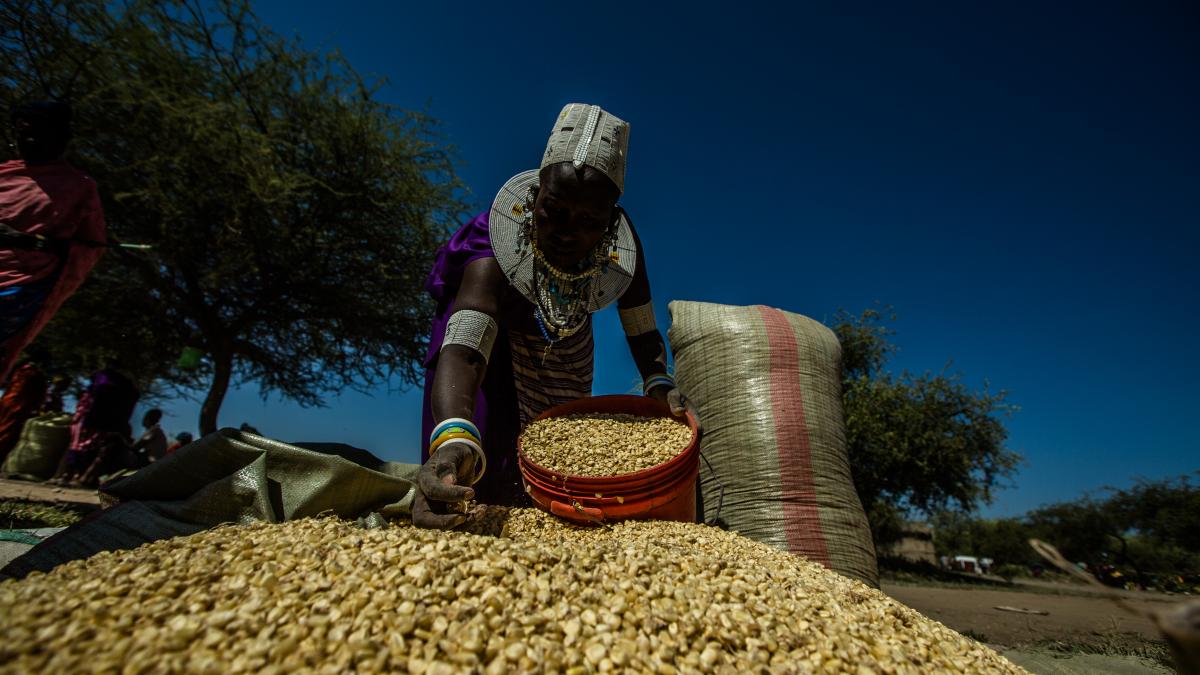
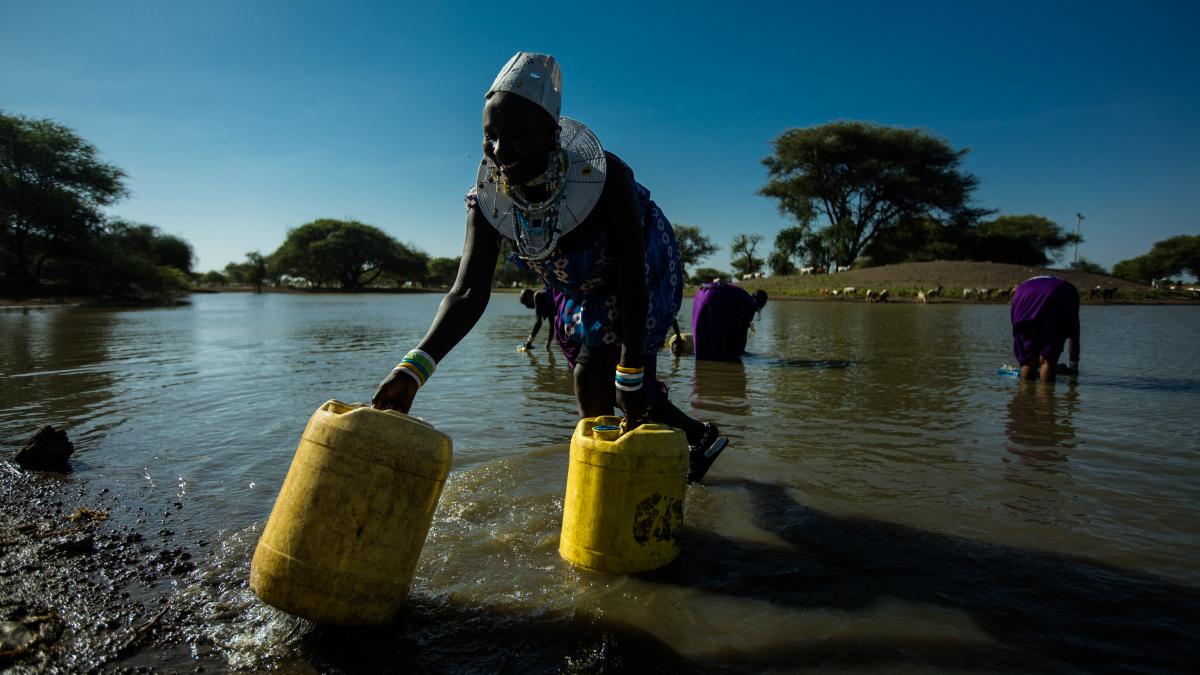
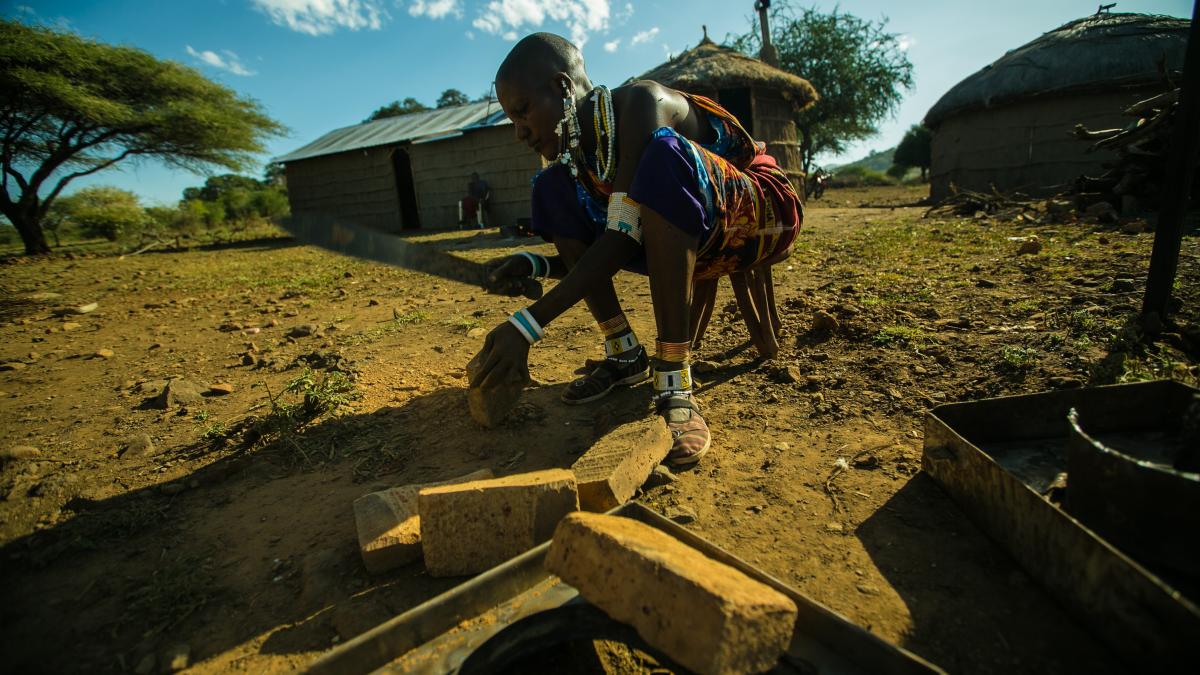
Life without power
The lack of power limits progress and encumbers common tasks.
Life off the grid means falling on stones while walking at night. It means fear of stepping on lurking snakes or scorpions. Mothers deliver babies in the dark; children who wake in the night are fed and changed chiefly by touch.
Torches, candles and kerosene lamps flirt with disaster in huts made of trees and mud.
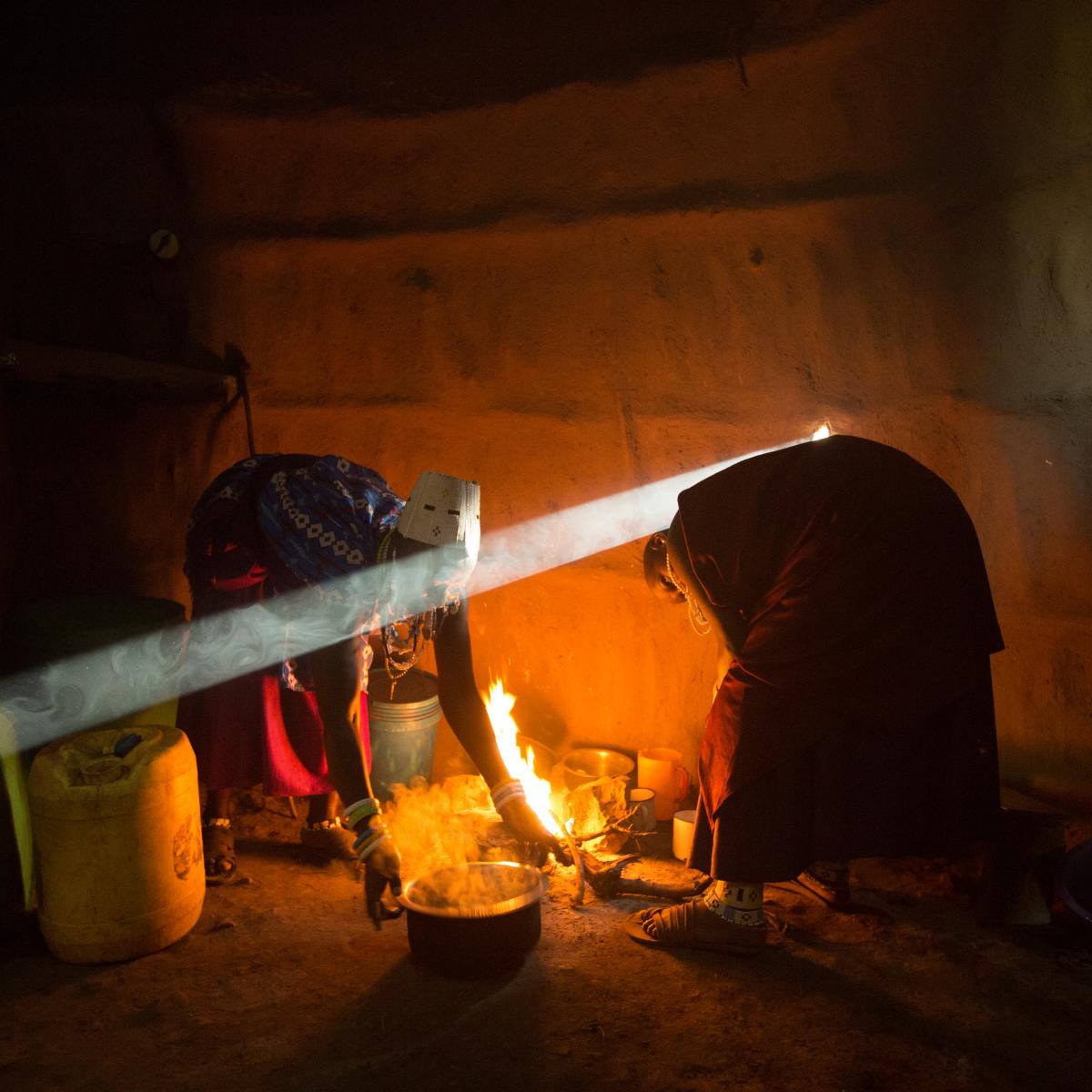
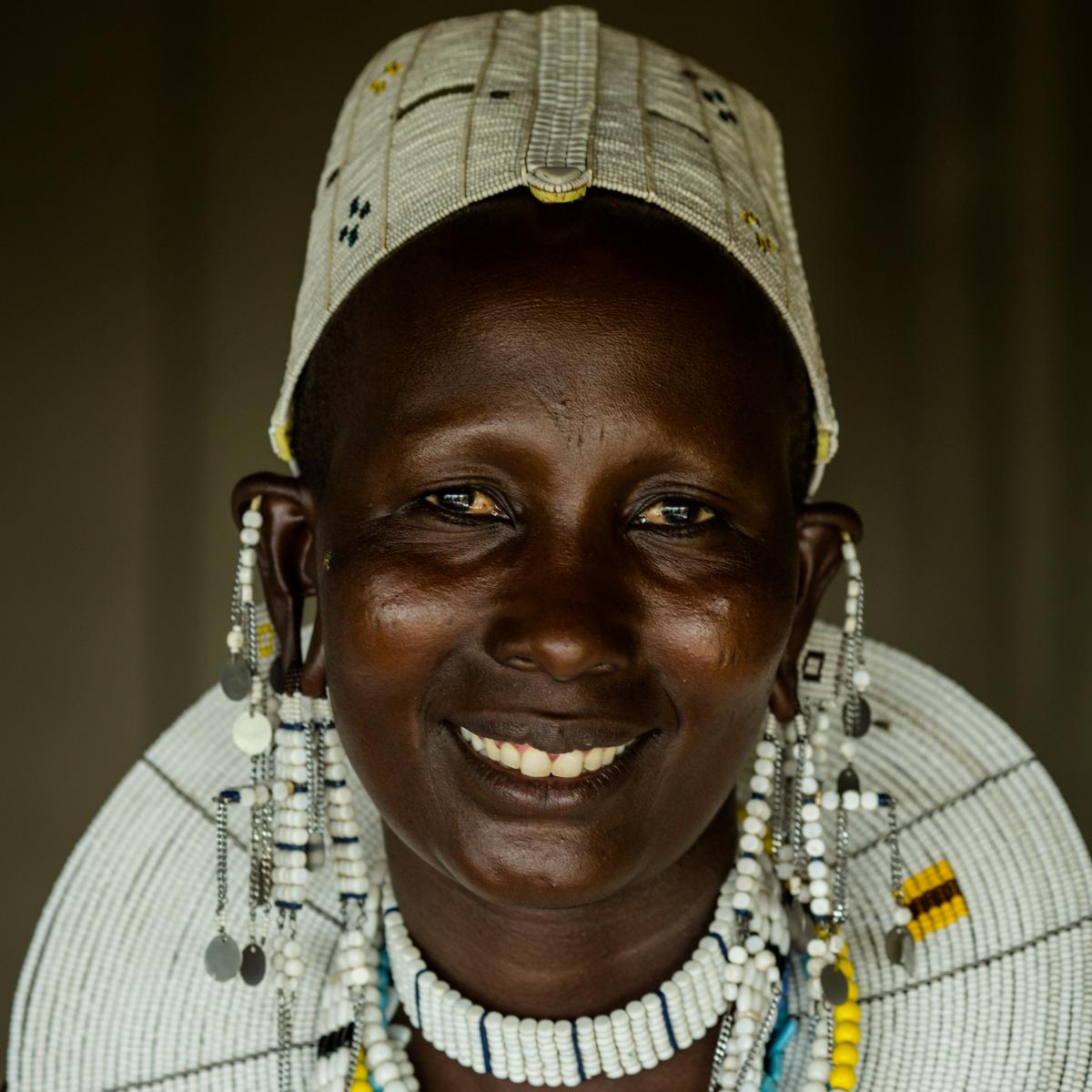
Lobulu “mama”
Teresia Olotai has dealt with these obstacles her entire life.
She is a mother of six and one of the senior “mamas,” as they are called, in the Lobulu boma near Arusha, Tanzania. She coordinates the chores and activities of the boma’s women as a mentor, leader and fixer.
She keeps the boma running on schedule and takes care of issues that arise within the community. New mamas in the boma would be lost without her.
Teresia knows life can be hard for Maasai women.
They wake early to milk the cows, cook breakfast and prepare tea. Amidst sweltering heat, unpredictable weather and swarms of flies that descend on the village like snowfall, they hike more than 3 miles to get water—only to load up their donkeys and hike 3 miles back.
When the sun goes down, their responsibilities remain, but the obstacles grow.
“The greatest challenge we faced in our boma was the darkness in our houses,” Teresia says. “You can’t see anything at night.”
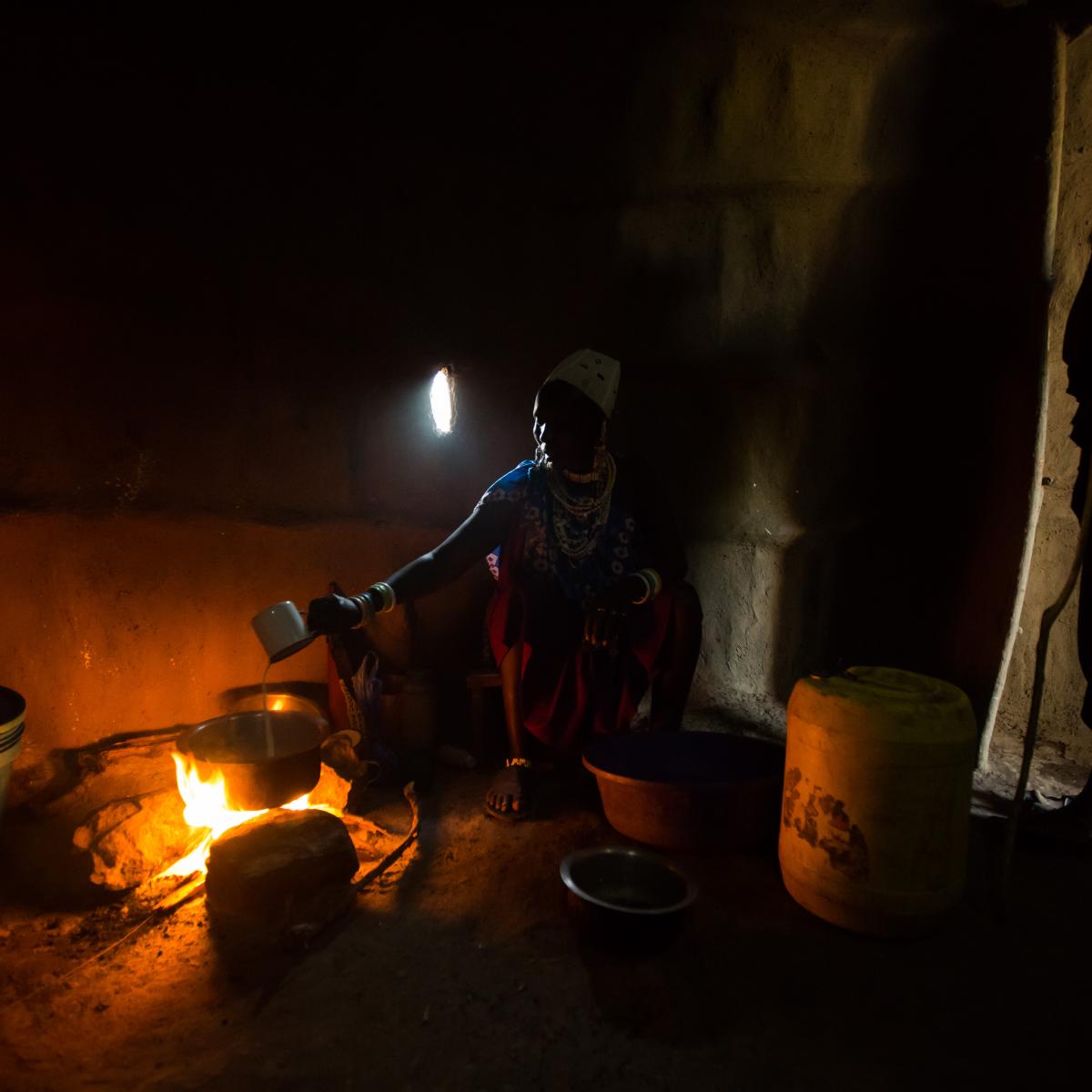
Total transformation
The project installed solar microgrids to deliver power directly into the boma’s homes. It brought a refrigerator, water purification system and laptop. Two women from the community were trained to maintain the grid.
For Teresia and her neighbors, this transformed everything. They no longer needed to walk 3 miles to the road, buy bus fare to the city and pay a vendor to charge their phones. Now, they power them up at home.
“Mobile phones keep us connected with our loved ones, friends and family,” Teresia says.
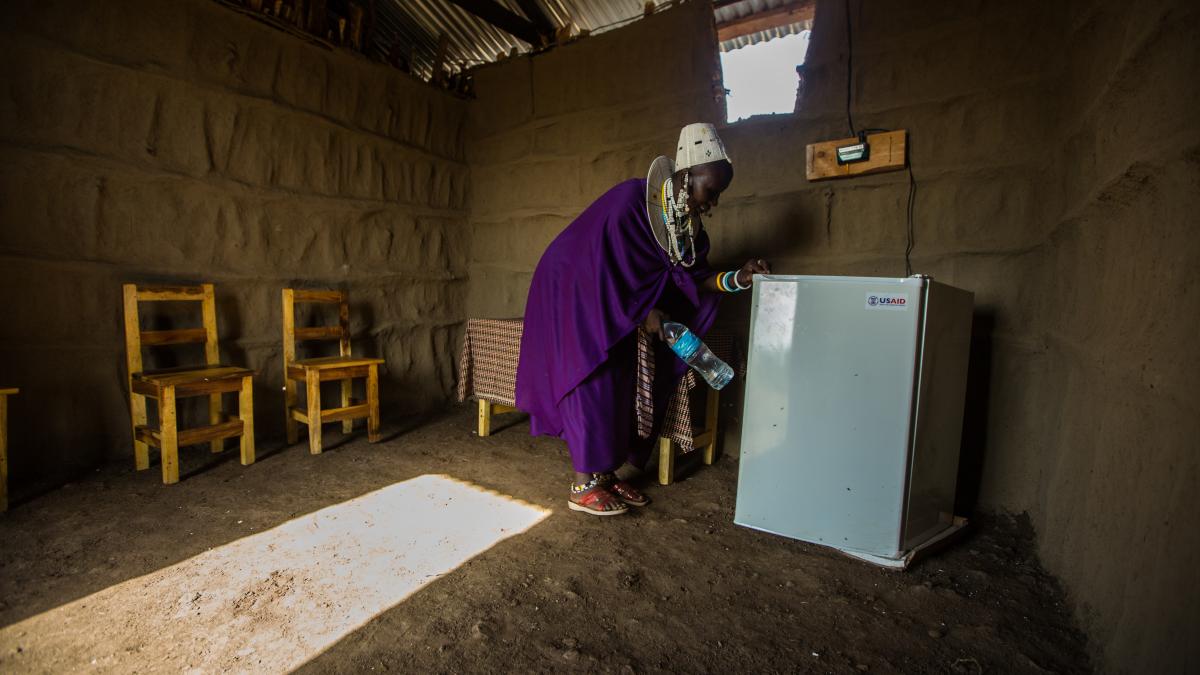
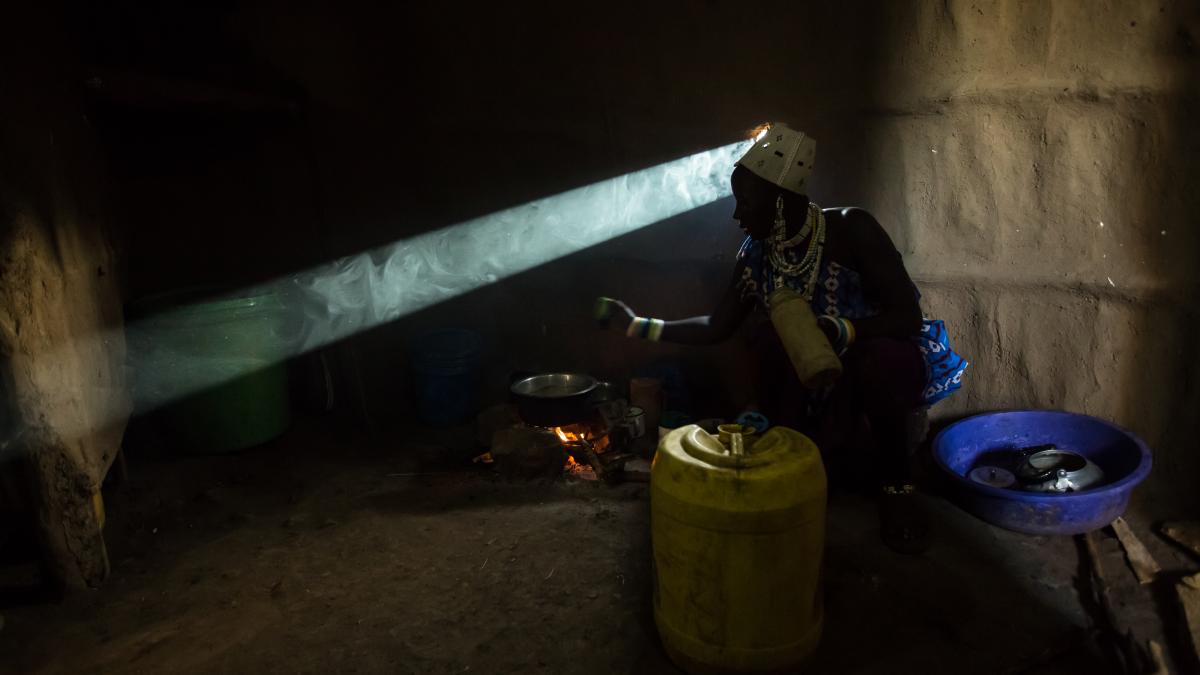
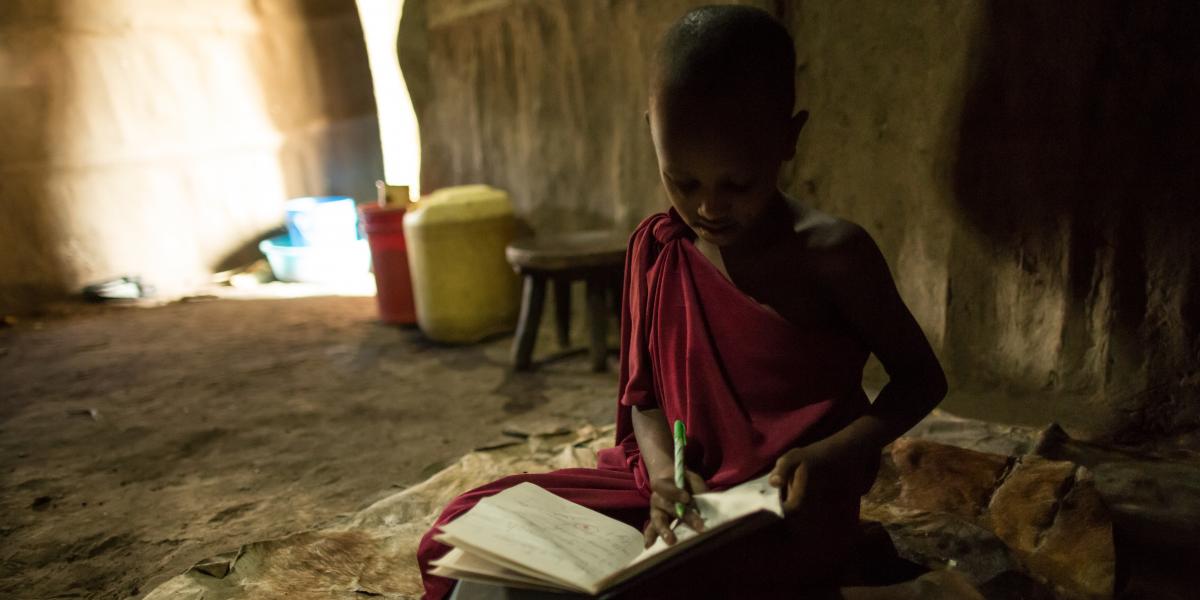
The boma now owns a refrigerator to preserve food and medicine. The light bulbs that line their livestock pens thwart animals and thieves. Children study in their homes after school, and mothers need not dread a midnight labor pang. “The life of my kids will be better because of the electricity,” Teresia says.
Electricity has brought more than light to Lobulu boma.
It’s given the Maasai a door to the world.
When the project gave the community a laptop, it also trained one of its members to give computer lessons to the boma’s children.
“They wanted a person who could teach computer lessons to the children, and I was very interested,” said 20-year-old Elizabeth Moringe. “They asked, ‘Is there an educated person in this boma?’ And I answered: ‘I am here.’"
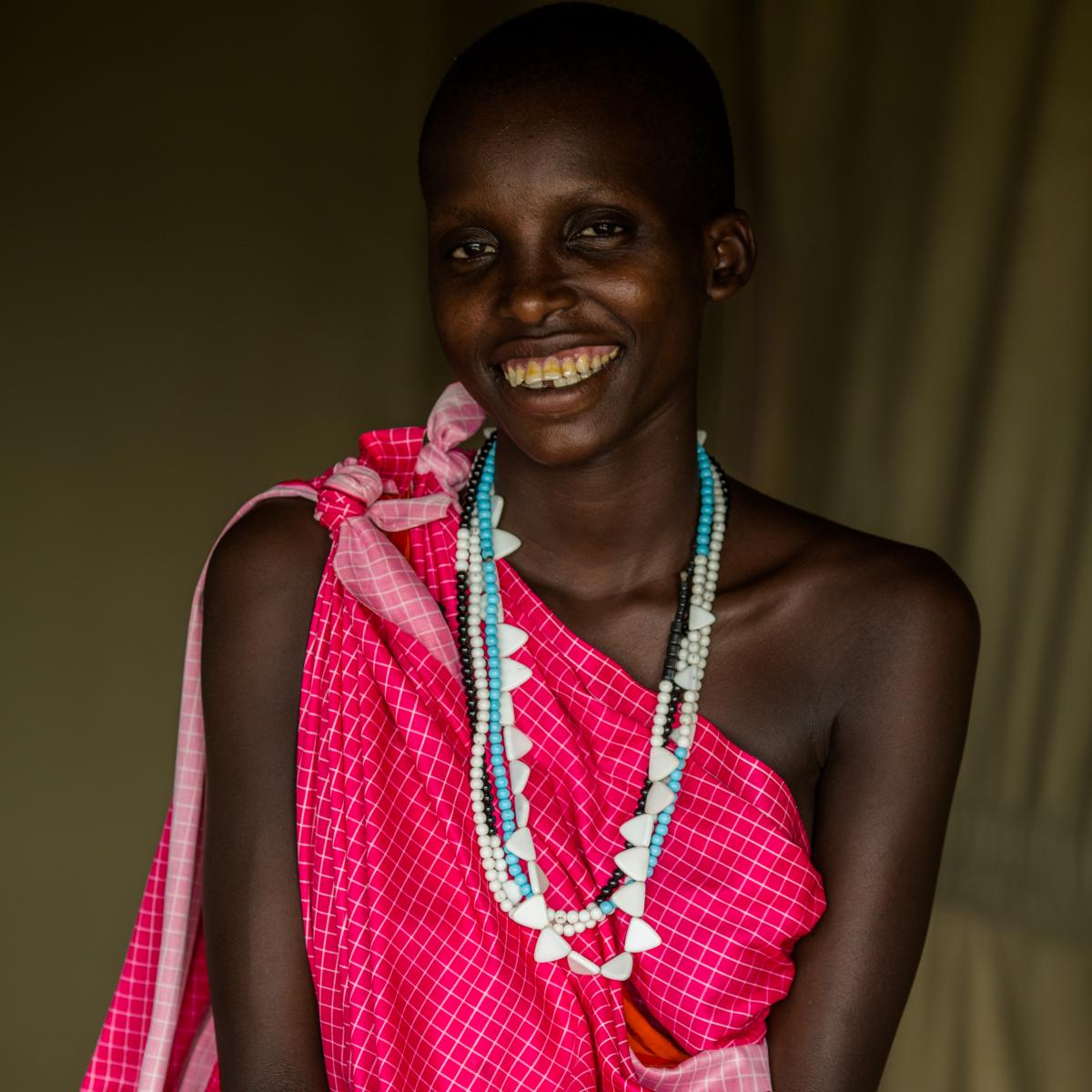
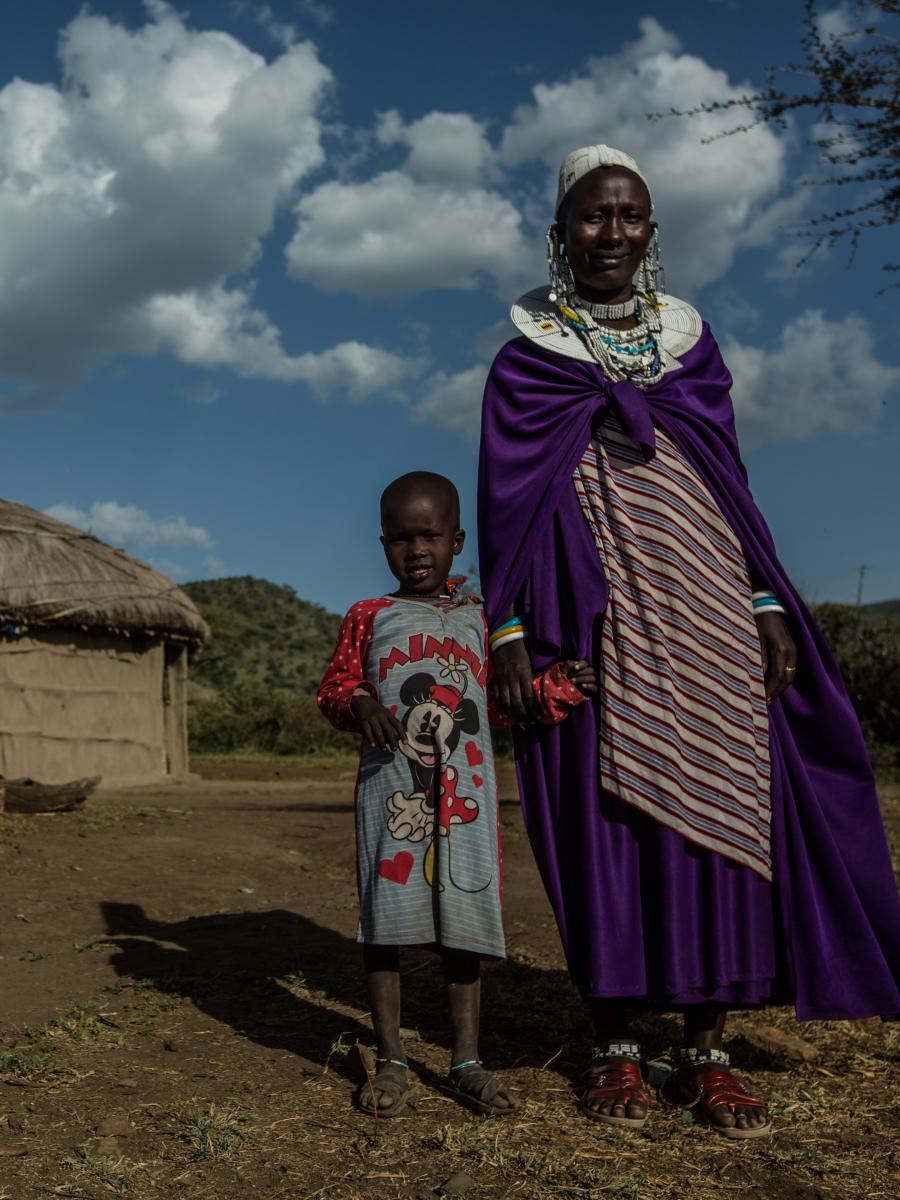
“A life with light.”
Now that they have power, Teresia says life is safer, easier and better. “We live a different life than before,” she says.
She wants her children to have an easier life than her own. “They will have a life with electricity,” she says. “A life with light.”
About This Story
Seventy percent of sub-Saharan Africans live without electricity. In rural Tanzania, just one in 10 people have power. In 2013, the U.S. Government launched Power Africa to tackle energy poverty in the region.
The Maasai solar project brings solar microgrids to villages in the Arusha region, while empowering Maasai women—who are trained as power grid engineers—to become leaders. With new microgrids, three Maasai communities can now conduct business over cell phones that remain charged, refrigerate food and medicine, install lights that scare away predators, and use new computers to connect their youth to the world.
Rooted in partnerships, Power Africa is working to double access to energy across sub-Saharan Africa. In just two years, more than 100 private sector partners have committed more than $20 billion in support.
The Maasai solar project is funded by USAID Power Africa through a Partnerships for Enhanced Engagement in Research (PEER) grant managed by the National Science Foundation. The project’s implementer—the Tanzania-based International Collaborative for Science, Education and the Environment—also manufactures and distributes a clean chimney stove for Maasai homes.


